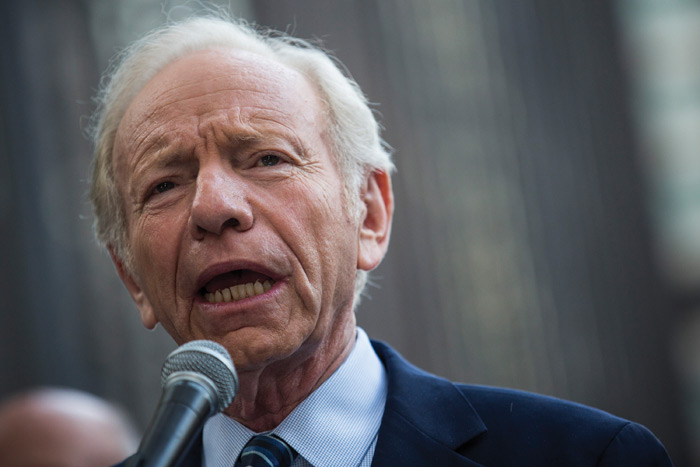The Jewish Federation is always asking us for gifts. Especially at this time of year, they are the masters of the “ask.” To add punch to their fundraising, they run heart-warming ads about how much they care for all members of the Jewish community.
This year, with new lay leadership coming on board in January, they’ve said they want to become “more relevant” to a fast-changing Jewish world and “reinvest in community relations.”
Well, I have good news for them. This Chanukah season, they have a chance to make a small but very special gift to the Jewish community.
This is not one of those dramatic causes like feeding the poor or rescuing the homeless. It’s more about rescuing a tiny, courageous group of Jews who live near the beach and who only want to pray. A wandering minyan by the sea.
The minyan is called Young Israel of Santa Monica. You can scour the Jewish world and never find anything quite like this quirky and venerable minyan. It’s had more lives than a cat, and gone through more reinventions than Madonna.
Today, however, it’s on life support.
The story began in 1982, when a few ba’alei teshuvah broke away from the high-profile Pacific Jewish Center (PJC) on the Venice boardwalk, which at the time was run by film critic Michael Medved and outspoken Rabbi Daniel Lapin. The breakaway group, which numbered less than 10, wanted a more informal Orthodox minyan, without the slickness and personality cult of PJC.
So they started their own minyan in a private living room, quickly found a storefront near Main Street in Venice, hired a rabbi from Hancock Park to come for Shabbat — and the adventure began.
I met them in the late-1980s because my ad agency was right across the street. One Friday in the late afternoon, the receptionist buzzed me and said: “There’s a man with a thing on his head who wants to see you.” They needed a 10th man for their minyan, and I was an easy target.
A couple of weeks later, they informed me that I was their president.
During the years I hung out in that beachside community, I got to know their history and saw how the shul had this uncanny ability to adapt and survive and never lose its sense of humor. When I proposed renaming the shul Young Israel of Casablanca (because half of us were Sephardic), the Ashkenazim loved the idea, because for them it was just another excuse to say, “Let’s have a l’chaim!”
They eventually got kicked out of the storefront (a developer tore down the building) and soon found refuge in the downstairs chapel of the nearby Conservative Congregation Mishkon Tephilo .
Over the years, the shul’s biggest challenge was that when members would marry and have children, many of them would decide to raise their kids in a Jewish neighborhood and move (I was one of them). So they had to constantly find new Shabbat daveners to get a minyan.
And somehow, they always did.
But here’s where it gets interesting: For some inexplicable reason, anyone who’s ever been a part of Young Israel of Santa Monica has developed a deep attachment to the place. Maybe because it represents a special time in our lives — the free spirit of the place and the many simchas around Shabbat tables; the embracing of so many styles (we once sang “Lecha Dodi” to a Beatles melody); the mix of the old, the young, the scholarly, the hippie, the professional, the weird and sometimes even the homeless; the chutzpah to invite legends like Rabbi Shlomo Carlebach to come daven with us and hear him lead the prayers; whatever it was that attracted us, we remain attached.
In fact, a few years ago when they decided to have a 20-year reunion Shabbaton, more than 200 alumni showed up from places as far away as Jerusalem, Australia, Vancouver and New Jersey — not to mention Pico-Robertson, Westwood, Beverly Hills and La Brea. The theme of the reunion was: “How on Earth are you guys still around?”
By then, the minyan had moved again, this time to the Israel Levin Center on the north end of the Venice boardwalk. The center caters to the elderly and, until recently, was administered by the Jewish Family Service, a beneficiary agency of The Jewish Federation.
A couple of years ago, The Federation got more involved.
This year, before the High Holy Days, The Federation decided not to extend or renew the lease, as was their right. So the Young Israelites packed up their Torah scroll and prayer books once again, and found a tiny room off a lobby in one of the condominium complexes on Nielsen Way. But the new location is so hard to find that the minyan has dwindled to almost nothing, and a few core members — two of whom were part of the original founders in 1982 — are now fighting to keep it alive.
They would love nothing more than to return to the high-traffic boardwalk location of the Levin Center, and continue providing a little Shabbat haven for the wandering Jews they are used to welcoming every week — including a few seniors from the Levin Center itself.
So far, The Federation hasn’t shown much enthusiasm for the idea. One of the reasons they gave is that they need the place on weekends to make renovations, but apparently, even after those are completed, the space won’t be made available. That’s too bad. The way I see it, if the key people at The Federation decided to make an arrangement, I’m sure someone up there could cut through the red tape and make it happen. We’re only talking about four hours a week.
Which brings me back to the good news: Here’s an opportunity for The Federation to strengthen its relations with the Orthodox community, return a beloved minyan to a cherished location and help a local tradition survive. In other words, instead of thinking like an owner or a distant landlord, maybe The Federation can act like members of the Jewish family who are caretakers of property that rightfully belongs to all of us.
Consider it a Chanukah gift to a small group of forgotten Jews — and to the many of us who haven’t forgotten them.
David Suissa, an advertising executive, is founder of OLAM magazine and Meals4Israel.com. He can be reached at dsuissa@olam.org.























 More news and opinions than at a Shabbat dinner, right in your inbox.
More news and opinions than at a Shabbat dinner, right in your inbox.